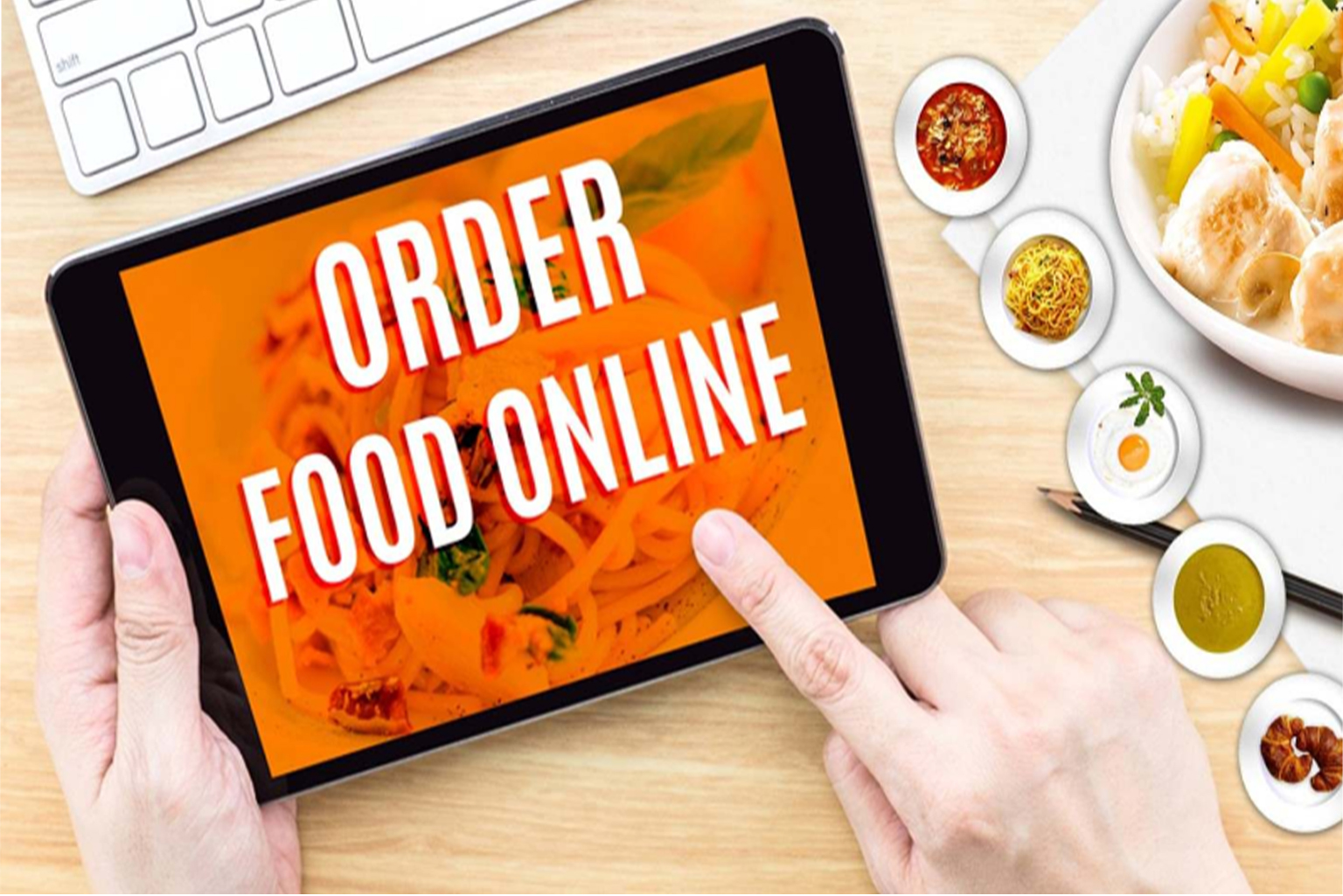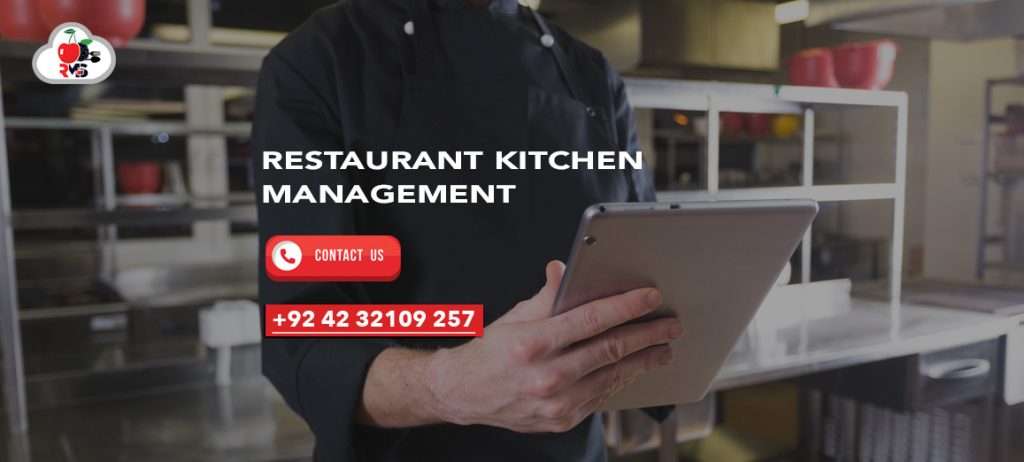
Restaurant Delivery Fleet: Enhancing Food Operations
An Overview of the Restaurant Delivery Fleet
In the ever-evolving landscape of restaurant delivery fleet, restaurants are faced with crucial decisions regarding their delivery fleet management. Should they choose to maintain their fleet in-house or outsource it to specialized delivery management providers? This article explores the concept of in-sourcing of fleets for restaurants, the components of fleet management, and the advantages and disadvantages associated with this decision.
Understanding In-Sourcing of Restaurant DeliveryFleet
In the realm of restaurant delivery fleet, a restaurant’s fleet encompasses both the vehicles and drivers responsible for executing the delivery journey. This fleet can either be managed internally by the restaurant itself or entrusted to external companies specializing in delivery or fleet management. The decision between in-sourcing and outsourcing delivery fleet management is a pivotal one, especially in the context of the rapidly expanding global food delivery market.
What Does Fleet Management Comprise?
Fleet management constitutes a multifaceted approach to ensure the seamless execution of food delivery operations. It encompasses several critical elements:
a – Vehicle Management:
Efficiently managing the restaurant’s fleet of vehicles, ensuring they are well-maintained and in optimal working condition.
b – Cost Optimization:
Identifying cost-saving opportunities across various aspects of fleet management, such as fuel efficiency and maintenance.
c – Workforce Management:
Effectively managing delivery drivers, their schedules, and performance to ensure timely and efficient deliveries.
d – Cross-departmental Collaboration:
Fostering collaboration between different departments involved in the delivery process, such as kitchen staff, dispatchers, and drivers.
e – Communication and Feedback Management:
Establishing clear communication channels for drivers, customers, and restaurant staff. Managing feedback to improve service quality.
f – Legal Administration:
Ensuring compliance with legal and regulatory requirements, including driver licensing and vehicle insurance.
3 – Benefits of In-Sourcing Your Fleet
In-sourcing your restaurant’s fleet, also known as managing it in-house, offers several potential advantages for your food delivery business:
a – Ability to Follow Brand Guidelines:
In today’s highly competitive food industry, maintaining a strong brand identity is crucial. In-sourcing allows you to align delivery operations with your brand’s principles, enhancing your market image.
b – Direct Customer Connection:
In-sourcing increases your ability to connect and communicate directly with customers. This not only facilitates easy communication but also enables you to gather and incorporate customer feedback into the delivery process efficiently.
c – Operate on Your Terms:
Unlike outsourcing, in-sourcing grants you full control over delivery operations, allowing you to operate according to your preferred terms and schedules.
4 – Disadvantages of In-Sourcing Your Fleet
While in-sourcing of the delivery fleet has its advantages, it also comes with its fair share of disadvantages:
a – Increased Costs:
Inefficient fleet management can lead to escalated costs. This may include expenses associated with hiring additional fleet staff, vehicle maintenance, fuel, and potential losses due to poor delivery service.
b – Complete Responsibility:
Managing delivery operations in-house means assuming full responsibility for the entire process. Your restaurant’s management will be accountable for ensuring all processes run smoothly.
c – Staff Management Challenges:
In-house fleet management can be challenging when it comes to overseeing the reporting and management of the entire staff. Without proper fleet management or delivery management software, it can be resource-intensive and hinder other business activities.
5 – The Final Verdict
The decision of whether to in-source your restaurant’s fleet or outsource it is not a one-size-fits-all solution. Several factors come into play when making this decision, including the restaurant’s size, budget, growth plans, and fleet size. If you possess a competent fleet and have access to robust Delivery Management Software equipped with features like Route Optimization and Fleet Management, in-sourcing can be a professional and cost-effective way to manage your delivery operations.
6 – Leveraging Fleet Management Software
Fleet management is made significantly more efficient and streamlined through the use of specialized software. Shipox, a data-driven Fleet Management Software, empowers businesses across diverse industries to access market-competitive features and customer support, automating and perfecting their delivery processes. Shipox users can enhance delivery efficiency, optimize costs effectively, and elevate customer experiences, including increasing first-day delivery success rates.
7 – Additional Strategies for Restaurant Delivery Fleet
In addition to the in-sourcing vs. outsourcing decision, restaurants can employ various strategies to enhance their delivery fleet operations:
a – Provide Good-Quality Delivery Equipment:
Ensuring delivery drivers have access to reliable equipment, such as well-maintained delivery bags, contributes to a smoother and more efficient delivery process.
b – Let Food Delivery Drivers Sport Your Swag:
Outfitting drivers with branded uniforms or clothing helps promote your restaurant’s brand and creates a sense of professionalism among drivers.
c – Make It Easy for Them to Find Your Customers:
Streamlining the customer address input process through geolocation tracking and integrating with delivery apps can help drivers locate customers efficiently.
d – Include Drivers in Rewards Programs:
Recognize and reward the contributions of your delivery drivers through employee appreciation programs, bonuses, or incentives.
c – Provide a Strong Career Path:
Offer opportunities for drivers to grow within your organization, whether through skill development or advancement into other roles. Demonstrating a clear career path can boost driver motivation and retention.
conclusion:
The decision to in-source or outsource a restaurant delivery fleet management is multifaceted and dependent on various factors. By carefully considering the advantages, disadvantages, and available tools, restaurants can optimize their delivery operations to meet the evolving demands of the food delivery market and enhance customer satisfaction. Cherry Berry RMS is the only solution for your business to thrive.

